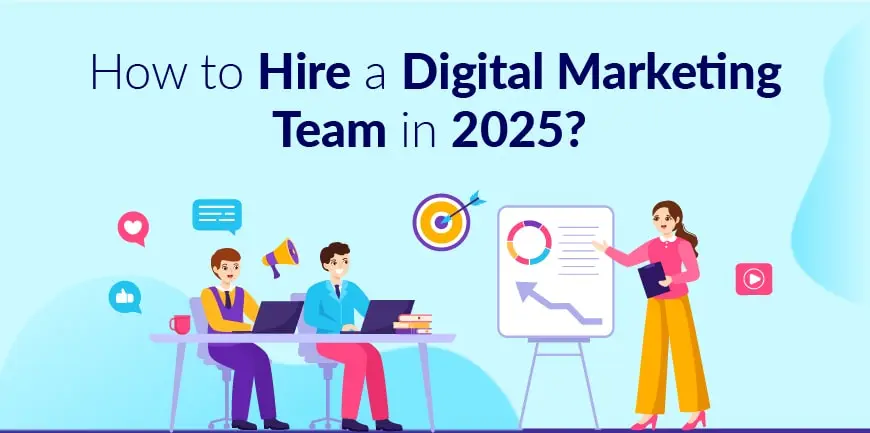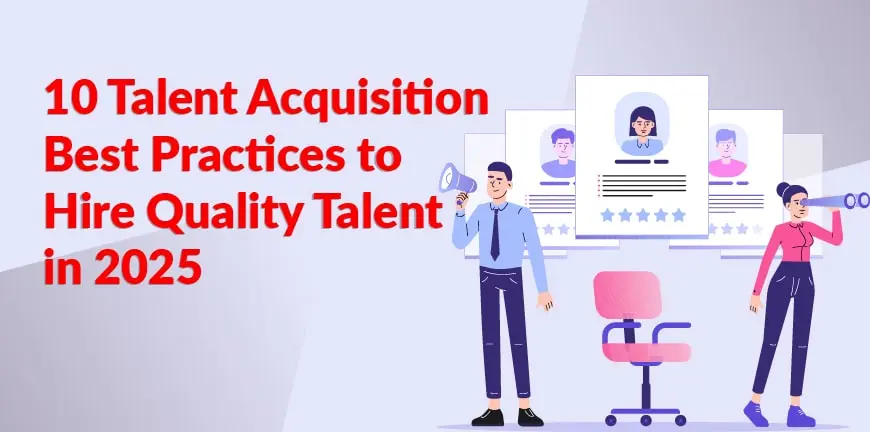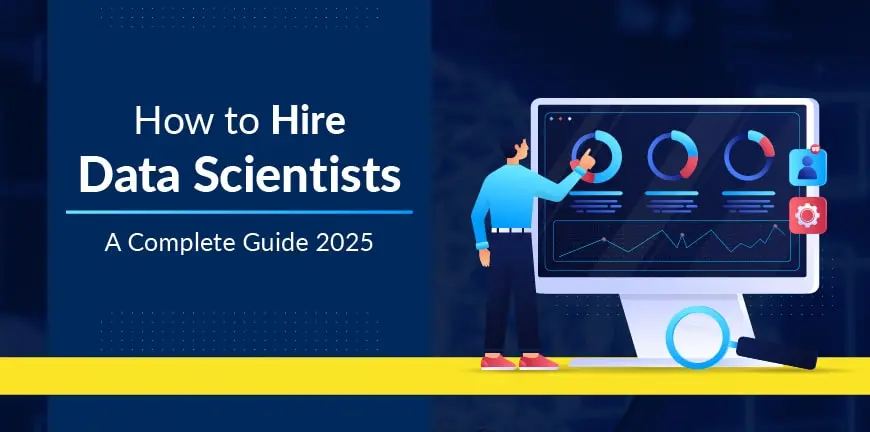
The Increasing Role of AI in Talent Acquisition
10/02/2023
How Hiring External Leadership Talent Can Benefit Your Company?
17/02/2023The success of a company depends on the people related to it. According to a HBR survey, 71% of CEOs stated that human capital is the top factor for sustainable economic value, and 43% agreed that investing in people is a top priority.
It comes as no surprise then, that employers are continually striving for new ways to source and retain top candidates. And data analytics seems to be the new extraordinary find for the HR and recruitment industry.
What is data analytics?
Data analytics is the collection and interpretation of relevant data. Data-driven recruiting is driven by this relevant data to make better hiring decisions, from sourcing, and screening to selecting candidates. Firms that incorporate data to further their recruitment process are more likely to be efficient, reduce costs and improve hiring.
Many professionals believe data analysis is one of the best ways to derive the best recruitment outcomes. By embracing data-driven hiring, you can make your recruitment process more effective and efficient.
How can data analytics improve the hiring process?
All present-day organizations have embraced recruitment analytics to make better hiring decisions. Data analytics looks at several different metrics in recruitment. Some of the critical aspects where data analytics tools can provide valuable insights are-
- Time to screen/hire
- Quality of hire
- Candidate retention rate
- Offer acceptance rate
- Hiring cost
- Candidate sources
#1 Quality candidate sourcing
Companies have been facing labour and skill shortage are in abundance in the current market scenario companies are abundant are facing right now. Online job boards are not enough to attract the talent that a company needs, you need to target both passive and active candidates to achieve desired results.
But passive candidates do not actively apply on job boards, so how do you reach them? By understanding their online behaviour, and tapping into the platforms they are most active on. Knowing where they spend their time can narrow your sourcing efforts.
#2 Enforcing candidate engagement
The real challenge lies in attracting your ideal candidate and getting them to complete the application process. Recruitment analytics helps in analysing data to understand what motivates candidates to seek new employment opportunities and improve job acceptance rates.
You must have good engagement with existing employees as well. After all, top candidates wouldn’t want to work with companies with low employee engagement levels. Using talent analytics can help measure engagement rates at the workplace and provide insights into the workplace culture that can help make changes and enhance your employer brand.
#3 Elimination of bias while making a hire
Traditional recruiting practices are often with bias. Data analytics minimizes the impact of bias in the hiring process by providing real-time facts and analytical data, helping you make better hiring decisions. But remember it’s not a good idea to eliminate the human element because only the combination of tech and touch allows you to hire the best talent.
#4 Increased acceptance rates
Guiding a prospective through the entire recruitment process only for them to reject it is not what you want. You may offer a competitive salary to lure them into accepting the offer, but remember, these days, job seekers look for more than merely a higher pay in an organization. Flexible working, diversity, training and career development, socially responsible companies, and strong employer branding are some of the qualities and benefits employees look for before joining a company.
We know that no two candidates are the same, and they all have different needs and preferences. To create a compensation package, the best you can do is combine your in-house analytical data with a competitor analysis to help understand the workplace expectations of the employee better. Real-time analytical data can help you provide the right compensation package and benefits.
#5 Identifying your ideal candidates
Every company has those few extremely hardworking employees who strive to outperform themselves, and as an employer, you wish you had more of them, but that’s not possible. So what is the next best thing you can do? Use talent analytics to determine their traits and capabilities and tailor job postings, job descriptions and hiring practices to attract applicants with similar qualities.
#6 Reducing bias and focus on including a diverse work culture
Potential candidates are coming to prefer a more diverse workforce in organizations, all around the world. One study even showed that half of the millennial age group job seekers are seeking jobs in companies with more diverse work cultures.
Diversity has proved to enhance performance and increase innovation within the company. But building the right diverse workforce isn’t easy, as there is often an unconscious bias entangled when selecting candidates. A sourcing strategy that eliminates bias targets candidates from different backgrounds and engages them in a way that the employer brand looks desirable to the candidate is what talent analytics can help you achieve.
Data analytics plays an important tool to develop and implement recruitment strategies to address issues such as unstructured interviews leading to ineffective hiring decisions or failure of job acceptance by the candidates.
Integrating data analytics into your recruitment process, allows hiring managers to make data-driven decisions rather than relying solely on their gut instincts.
#7 Streamlining your hiring process
An efficient hiring process needs to be in place if you want your company to thrive. Data analytics can help streamline the hiring process by identifying the factors slowing it down. They say half the disease is cured with a proper diagnosis, likewise, once you’ve identified the issues, it’s easier to formulate a strategy and build an efficient hiring process that works for your business needs.
#8 Forecasting future talent demands
The advancement in artificial intelligence and machine learning technology facilitates improved workforce planning strategies. Data analysis can help identify skill gaps within the workforce and predict the future needs of the company, by assessing the skills required. This allows for predictive workforce planning, rather than, reactive planning, improving recruitment outcomes.
To Conclude
Using workforce data analytics to predict your company’s future needs can put you one step ahead of the competition and allow you to acquire and retain the skills your company needs.
For companies, tech recruiting firms, and IT recruitment agencies to stay ahead in the recruitment market, data analytics should be a critical part of their talent acquisition program. Recruitment heads need to grasp the immense potential of the complex and copious amounts of data they have at their fingertips and use the power of technology to make better, faster, and smarter hires.
At Alp Consulting, our expert recruiting team has access to the latest predictive analytics tools in sourcing and recruitment to provide you with outstanding Talent Acquisition and Management solutions. We help reduce your recruiting cycle time while improving your candidate experience and retention.




